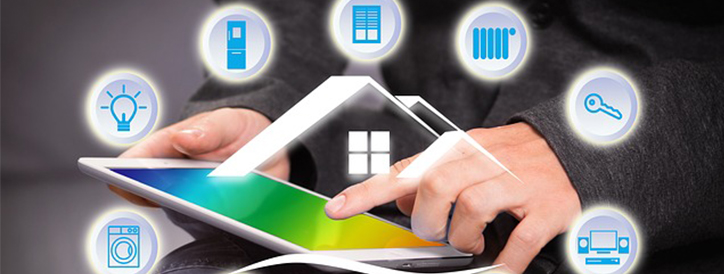While smart devices and the Internet of Things (IoT) have transformed the way we live in many ways, they also have the potential to make us vulnerable in our own homes. This is because these devices, being connected to the internet and having minimal (if any) in-built security, are vulnerable to cyberattacks and hackers. They often have no system hardening which makes them insecure, no method for automatically updating software and usually come with hardcoded, default passwords which are easy for hackers to take advantage of.
While you should not be deterred from investing in smart devices if you choose to, it’s important to be aware of the potential risks so you can take the necessary steps to keep your smart home secure.
Building a secure smart home
Your WiFi router is your first line of defense when it comes to protecting your smart home from web threats. It needs to be strong and secure to prevent cybercriminals from getting through. The router is what connects all of your smart devices and enables them to work. Whether you have purchased a router from an independent company or you are using the router provided by your internet service provider, make sure you look into their privacy policies, how they store your data and how updates are carried out.
It’s also essential to ensure you buy effective antivirus protection which will help to protect your devices from email phishing scams, dangerous websites and malware, but in addition here are some other ideas to help you keep your smart home as secure as possible.
Name your router
Your router will come with a name given by the manufacturer which identifies its make and/or model. This can make it easier for hackers to work out how to get access to the network. Give it a new name which is not associated with your personal information or address.
Choose a strong Wi-Fi encryption
Your router’s settings will have options for encryption methods when you set it up and it’s best to choose a secure system like WPA2 to keep your network as secure as possible.
Create a guest network
It’s often safest to keep your WiFi account private even from friends and family to minimize how many devices are connecting to it. To do this you can create a separate guest network for visitors which doesn’t connect to any of your home devices.
Change default user settings
Unfortunately a lot of cybercriminals know what default passwords device manufacturers use, so if you don’t change them you are making it very easy for them to gain access. Choose a device which allows you to change the default password and make sure you make it as unique as possible.
Use unique and complex passwords
Choose passwords which are not easy to guess. For example, steer clear of ‘password’, ‘123456’ or family birthdays. Ideally passwords should be complex combinations of numbers, special characters and both upper and lower class letters and should be changed on a regular basis.
Check default settings
Your device may arrive with privacy and security settings which have been set up by the manufacturer to their benefit, not to yours. Check the settings and make any adjustments you deem necessary. There may also be features which you do not need and should therefore disable such as remote access functionality which will make you more vulnerable to cybercriminals.
Update software regularly
Many people delay updating software but this can be a very risky move. Software updates can include security patches which will correct a security weakness which has been discovered by the manufacturer. Some manufacturers will alert you when an update is available while others will publish information on their websites.
Check older devices on your network
The older the device the more likely it is to be vulnerable to the latest cybercrime attacks. If you have a particularly old device and there is a newer models available it may well be more secure and worth upgrading to.
Two-factor authentication
Two-factor authentication provides an extra layer of security for your accounts, e.g. sending a unique access code to your mobile phone as well as requesting you password. If your device offers 2-factor authentication, be sure to take advantage of it.
Minimize your use of public WiFi
Using your personal devices on public WiFi opens you up to a lot of risk so try to minimize how often you connect to these networks. If you have to use public WiFi regularly, consider installing a VPN or virtual private network.
With so much to consider when it comes to internet security, it may seem like you should be switching off all your devices and throwing out the router. This is simply not true as with these simple precautions and steps in place and continued vigilance there should be no reason why your family cannot enjoy the internet in your home. While it’s true that it brings risk, it also opens up a whole new world of possibility and a more connected global society.

